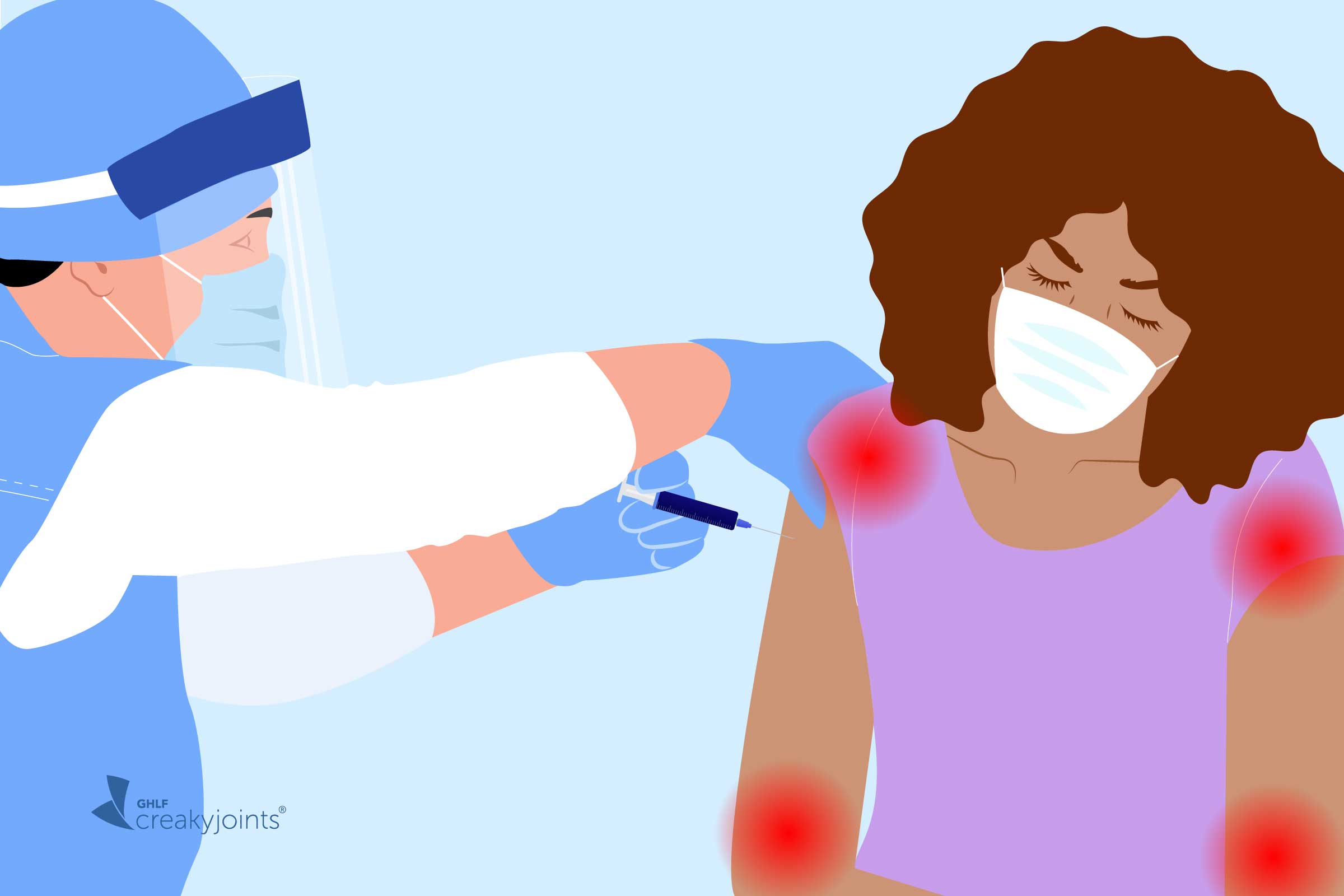Learn more about our FREE COVID-19 Patient Support Program for chronic illness patients and their loved ones.


If you’re high-risk for severe COVID-19, here’s promising news: The U.S. Food and Drug Administration (FDA) has amended the emergency use authorizations (EUAs) of the Moderna and Pfizer-BioNTech COVID-19 bivalent mRNA vaccines to make a booster available for high-risk groups.
Those who are 65 years of and older who have already received a single dose of the bivalent vaccine (which was created to target Omicron variants of the COVID-19 virus) may receive an additional dose at least four months after the initial bivalent dose.
Those with weakened immune systems can get the additional dose two months after the first dose. After that, they can receive additional doses based on intervals their doctors recommend. For immunocompromised children ages 6 months to 4 years, eligibility for additional doses will depend on the vaccine they previously received.
Data show that almost all of the U.S. population age 5 and older have antibodies as a result of either vaccination or infection against SARS-CoV-2.
The second bivalent dose for those 65 years of age and older is supported by data showing the waning of immunity in this population over time and its replenishment by the additional dose. Previous studies have also shown that immunocompromised individuals may require additional doses, per the FDA.
Individuals who are eligible for the extra boosters may be able to get them as soon as this week, per The Washington Post. As a next step, vaccine advisers for the U.S. Centers for Disease Control and Prevention (CDC) are scheduled to discuss the second booster today — and it’s expected that CDC Director Rochelle Walensky will approve quickly.
There are two updated bivalent boosters: one from Moderna and one from Pfizer. While they are mRNA vaccines like the original vaccines, which teach your body to make protein that triggers an immune response, they are different in that they have messenger RNA that codes for the original SARS-CoV-2 strain and the omicron BA.4/BA.5 lineages. For more on this, here’s everything you need to know about the bivalent Omicron booster.
A January CDC report found that the updated bivalent shots decreased the risk of infection from the XBB.1.5 subvariant, which is currently causing most cases in the United States, by nearly half. Meanwhile, a recent study in The Lancet found that they reduced the risk of hospitalization in people 65 and older by 72 percent. More research is needed to determine the effects of receiving two doses of the bivalent booster.
The amendment also stated that the initial mRNA vaccines (monovalents) are now retired in favor of the updated bivalent shots. That means anybody who is unvaccinated will receive a single updated shot going forward.
So far, only 16.7 percent of the U.S. population has received the updated (bivalent) dose, compared to 69.4 percent of the population that completed the initial primary series, per the U.S. Centers for Disease Control and Prevention.
If you believe you may be eligible for a bivalent booster, talk to your doctor. Staying up-to-date on vaccines can help you lower your risk of severe COVID-19, even if you’re immunocompromised.
Get Free Coronavirus Support for Chronic Illness Patients
Join the Global Healthy Living Foundation’s free COVID-19 Support Program for chronic illness patients and their families. We will be providing updated information, community support, and other resources tailored specifically to your health and safety. Join now.
Arbel R, et al. Effectiveness of a bivalent mRNA vaccine booster dose to prevent severe COVID-19 outcomes: a retrospective cohort study. The Lancet. April 13, 2023. doi: https://doi.org/10.1016/S1473-3099(23)00122-6.
Coronavirus (COVID-19) Update: FDA Authorizes Changes to Simplify Use of Bivalent mRNA COVID-19 Vaccines. U.S. Food & Drug Administration. April 18, 2023. https://www.fda.gov/news-events/press-announcements/coronavirus-covid-19-update-fda-authorizes-changes-simplify-use-bivalent-mrna-covid-19-vaccines.
COVID Data Tracker. U.S. Centers for Disease Control and Prevention. Accessed April 19, 2023. https://covid.cdc.gov/covid-data-tracker/#vaccinations_vacc-people-additional-dose-totalpop.
FDA backs second omicron booster for high-risk groups. The Washington Post. April 18, 2023. https://www.washingtonpost.com/health/2023/04/18/covid-booster-older-americans/.
Link-Gelles R, et al. Early Estimates of Bivalent mRNA Booster Dose Vaccine Effectiveness in Preventing Symptomatic SARS-CoV-2 Infection Attributable to Omicron BA.5– and XBB/XBB.1.5–Related Sublineages Among Immunocompetent Adults — Increasing Community Access to Testing Program, United States, December 2022–January 2023. Morbidity and Mortality Weekly Report (MMWR). February 3, 2023. doi: http://doi.org/10.15585/mmwr.mm7205e1.
Seyfi S, et al. Prevalence of telogen effluvium hair loss in COVID-19 patients and its relationship with disease severity. Journal of Medicine and Life. May 2022. doi: https://doi.org/10.25122/jml-2021-0380.





